
Kesu01/iStock/Getty Images
According to the U.S. Department of Agriculture in 2002, Americans throw away 470 pounds of produce every year -- about $600 worth -- due to spoilage. Lettuce that has turned to slime is inedible. But those bendy carrots and drooping green beans can easily be restored to edible, crispy freshness with a little effort.
Why Produce Gets Limp
Plants contain tiny pores called "stomata." Water is constantly evaporating from the plant through these openings. While the plant is still growing, water is replenished through the roots and the humidity in the air. Once cut from the roots, evaporated water is no longer replaced. The dry cell walls lose their rigidity and the plant goes limp. Because the air in the refrigerator is dry, vegetables tend to lose water faster and therefore go limp more quickly.
How to Restore Limp Produce
Restoring limp vegetables is a simple matter of rehydrating the vegetable's cells. Cut off and discard a small piece from the bottom of the limp vegetable. Add the vegetables to a bowl filled with lukewarm water and refrigerate. Let the vegetables soak for at least 30 minutes, then pour off the water. Put the now-crisp veggies back in the refrigerator until you're ready to eat them.
How to Store Produce
Avoid limp and rotten vegetables by storing them properly as soon as you get home from the grocery store. Put away refrigerated fruits and vegetables first, since cold air slows down the plant's respiration, or breathing, and helps it last longer. Never store vegetables in an airtight container. This stops the plant's respiration altogether and leads to faster evaporation and decay. Vegetables should be placed in the crisper drawer, where the air is less dry. Keep a damp paper towel in the crisper to help keep vegetables hydrated.
When to Eat Your Vegetables
Some vegetables will keep for a long time, while others need to be eaten quickly to avoid limpness and rot. Asparagus, broccoli, corn, artichokes, green beans and mushrooms should be eaten within three days of purchase for the best flavor and texture. Eat cucumbers, eggplants, lettuce and zucchini within five days. Bell peppers, Brussels sprouts, tomatoes and spinach will be best if eaten within a week of purchase. Cabbage, celery, onion, potatoes and carrots will last much longer.
Related Articles

How to Keep Peeled Vegetables From ...
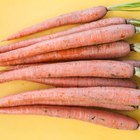
How to Freeze Carrots Without Blanching

How to Wash Wax Off of Vegetables

Leaving Cooked Vegetables Unrefrigerated
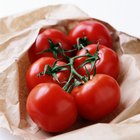
How to Keep Tomatoes Fresh

What Are the Dangers of Growing ...
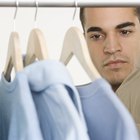
How to Prevent Fabric Dry Rot

How Can I Preserve Peaches Without ...

How to Freeze Carrots & Turnips
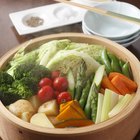
Does Food Lose Nutritional Value After ...
How to Store Your Fresh Cut Kale
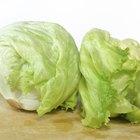
How to Make Bitter Iceberg Lettuce ...

How to Soak Onions in Salted Water
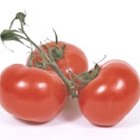
How to Store Tomatoes

Do You Need to Refrigerate Infused ...
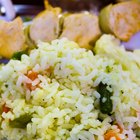
Steamed Vegetable Diet
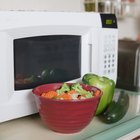
How to Cook Vegetables in the Microwave

Hydroponic Vegetable Nutrients Vs. ...

How to Store Brussels Sprouts
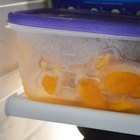
Can You Freeze Apricots?
References
Writer Bio
Kristen Bailey has been writing about home improvement, motherhood, music, education and art since 2001. She has a Bachelor of Science in education and teaches at an elementary school.
Photo Credits
Kesu01/iStock/Getty Images